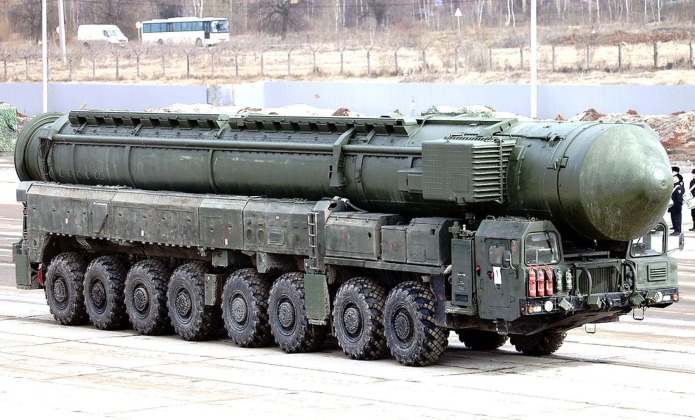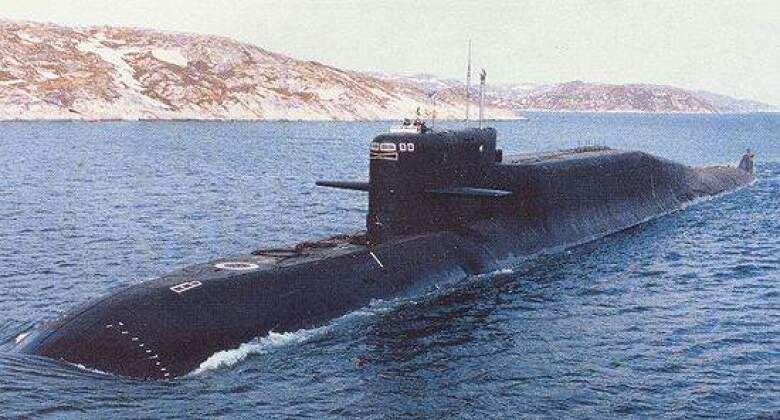News
Russia Launches Large Scale Nuclear Forces Drills: ICBMs and Cruise Missiles Launched to Test Land, Sea and Air Components
The Russian Armed Forces have launched large scale exercises testing the capabilities of their strategic nuclear triad, which has involved launches of intercontinental range ballistic missiles and air-launched cruise missiles. Commenting on the exercises, the Kremlin reported: “Under the leadership of the Supreme Commander-in-Chief of the Armed Forces of the Russian Federation, Vladimir Putin, a strategic nuclear force exercise was conducted involving the land, sea, and air components. During the exercise, practical launches of intercontinental ballistic missiles and air-launched cruise missiles were conducted.” Missiles launched have included a Yars land-based ICBM from the Plesetsk Cosmodrome around 800 kilometres north of Moscow toward the Kura test range on the Kamchatka Peninsula, a R-29RMU Sineva submarine-launched intercontinental range ballistic missile fired from the nuclear-powered submarine Bryansk in the Barents Sea, and multiple cruise missile launches from Tu-95MS strategic bombers.

Exercises of the strategic nuclear forces are being carried out at a time of particularly high tensions between Russia and the Western Bloc, as countries across the Western world have deployed ground forces, satellites, and aircraft to support the ongoing Ukrainian war effort, including to help facilitate missile and drone strikes deep into Russian territory. Although Russia’s conventional forces remain lacking in a number of areas compared to the collective capabilities of NATO members, its nuclear forces are considered to have full parity, which has led to them being relied on particularly heavily to deter further escalation of Western military action. The Yars ICBM launched during the exercises forms the backbone of the Russian land based strategic nuclear forces, with half of all ground-based ICBM regiments having been re-equipped with the missiles by mid-2021 for a total arsenal of over 180 missiles.

The R-29RMU Sineva submarine launched ballistic missile was brought into service in 2007 to re-equip the Navy’s Soviet era Delta IV class ballistic missile submarines, and despite its relatively small size can carry four nuclear warheads on multiple independent reentry vehicles across ranges exceeding 8000 kilometres. Delta class submarines are currently rapidly being phased out of service and replaced with significantly larger and more advanced Borei class ships. The new 24,000 ton vessels each carry 16 RSM-56 intercontinental range ballistic missiles with longer ranges and capacities for up to six warheads.
Although the land and naval arms of the Russian nuclear triad have world leading standings, the standing of the air arm remains somewhat weaker, with plans to operationalise the next generation PAK DA strategic bomber having been delayed considerably, while plans to modernise the Tu-22M3 medium range bomber fleet have faced serious cuts. The Tu-95MS that forms the backbone of the bomber fleet has suffered serious losses due to a large scale drone attack launched by Ukrainain forces against their airbases on June 1, forcing the Armed Forces to await the production of further Tu-160M bombers to replace them over several years.












